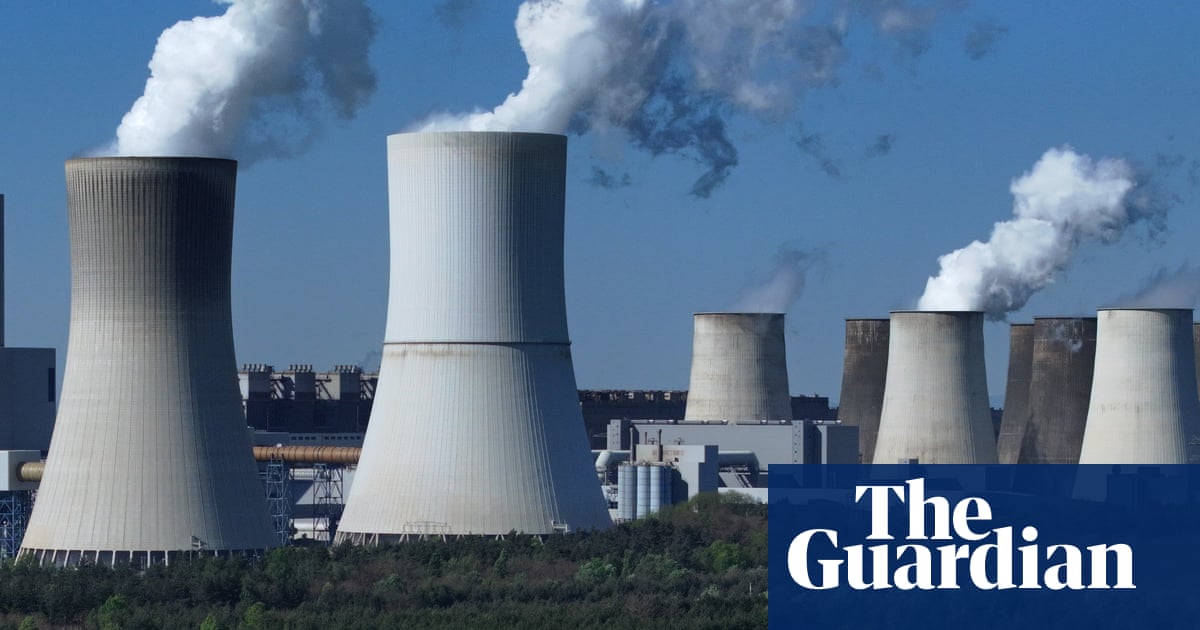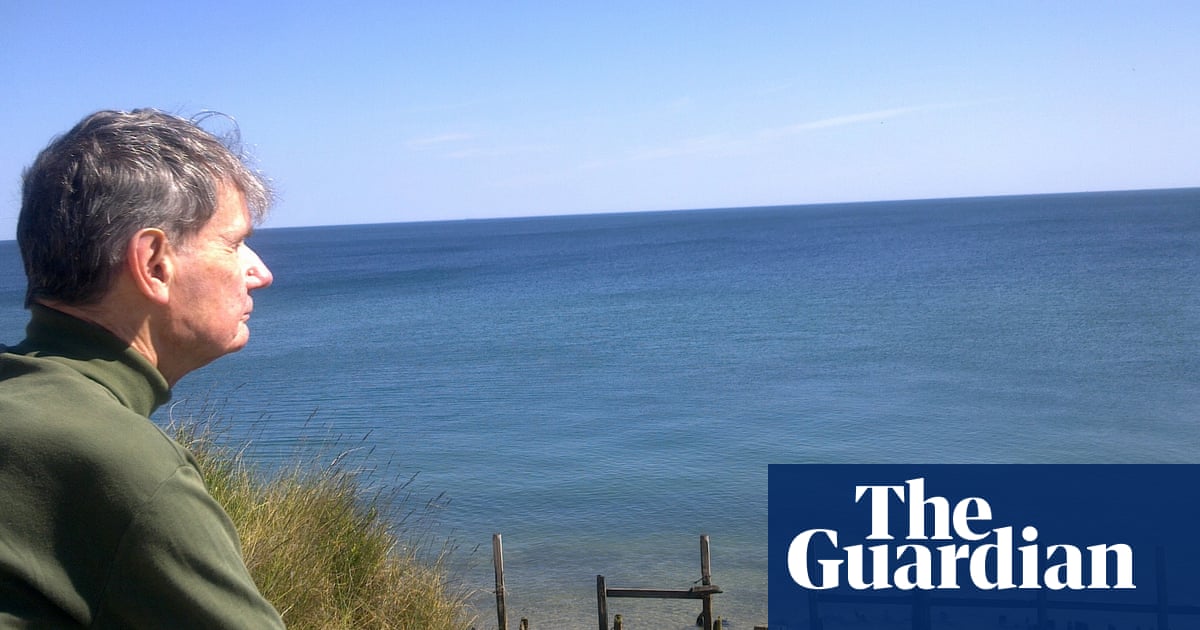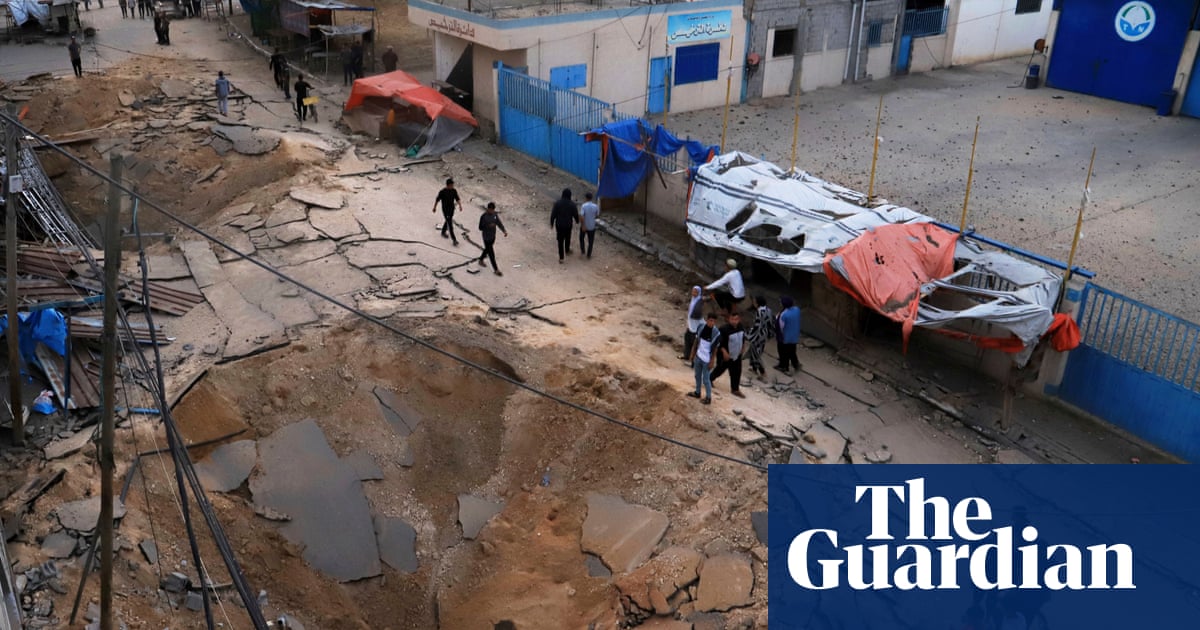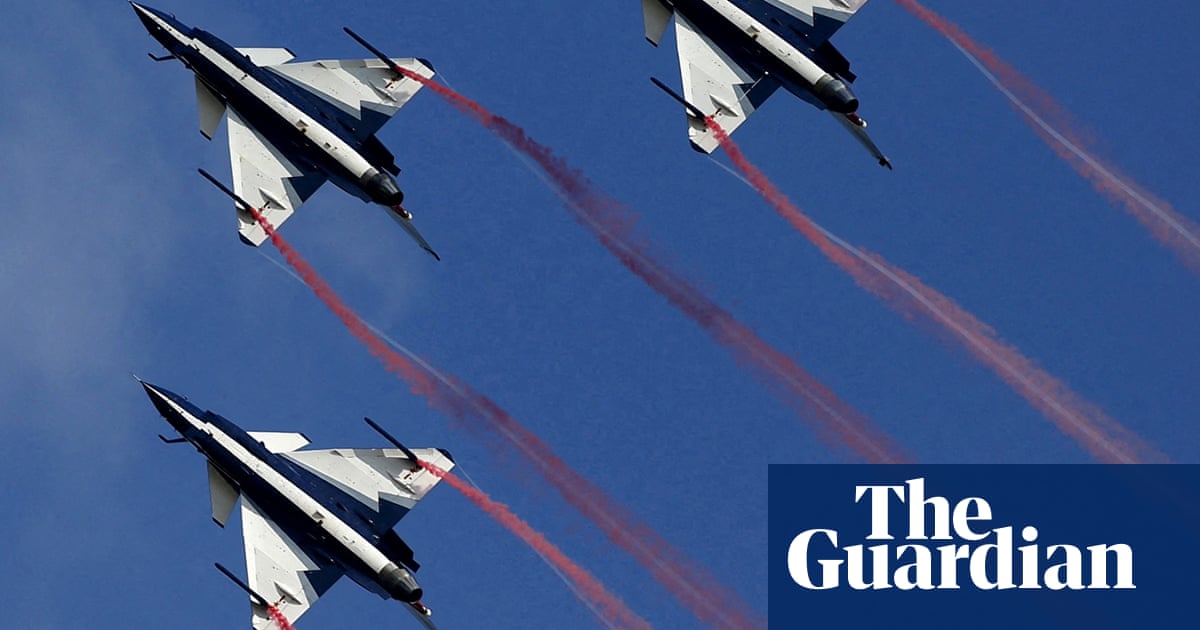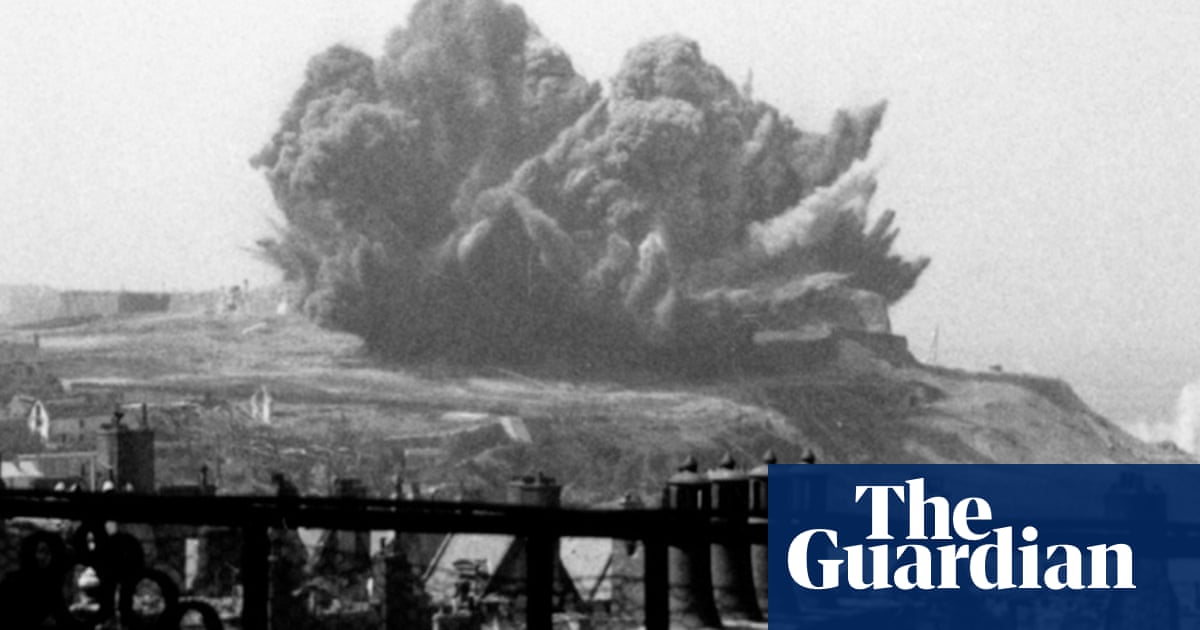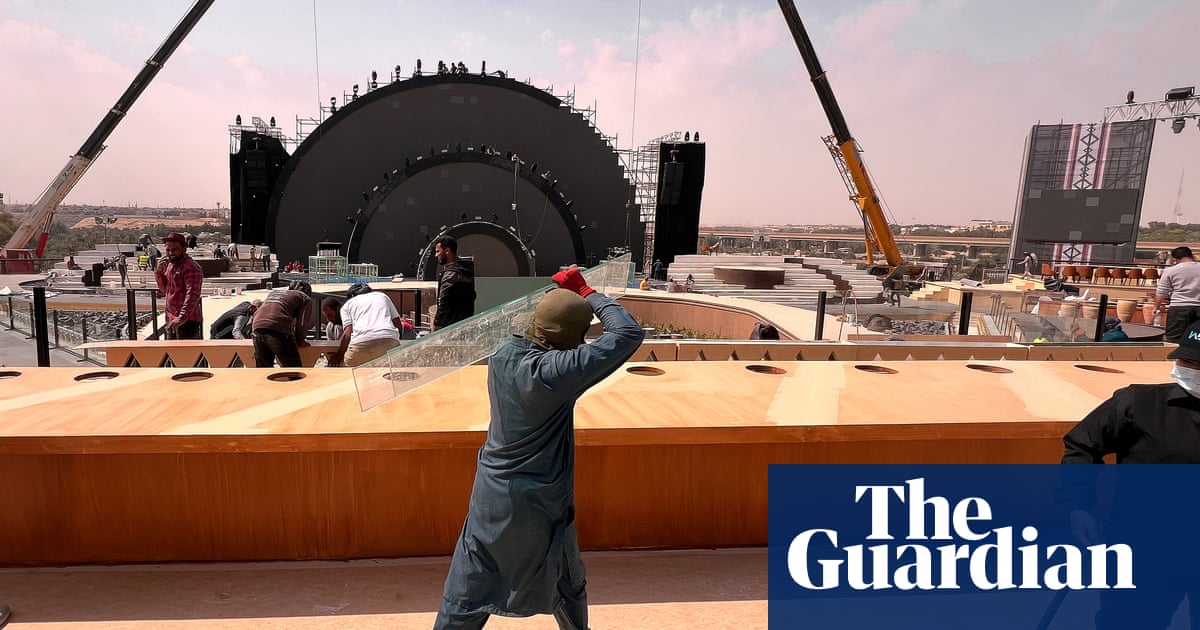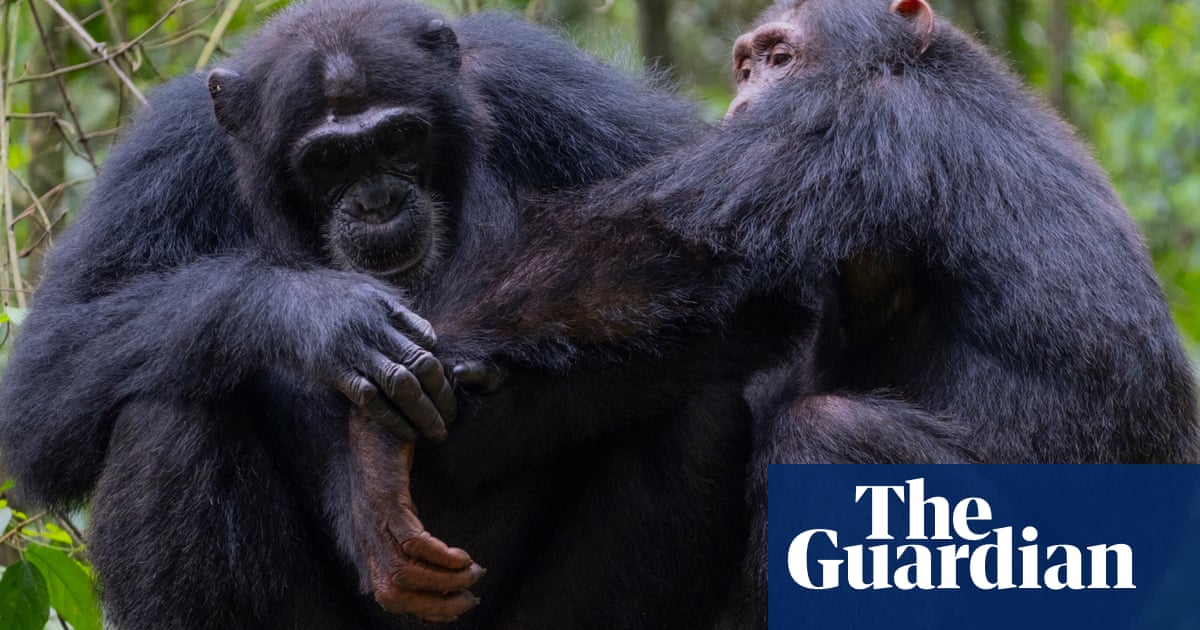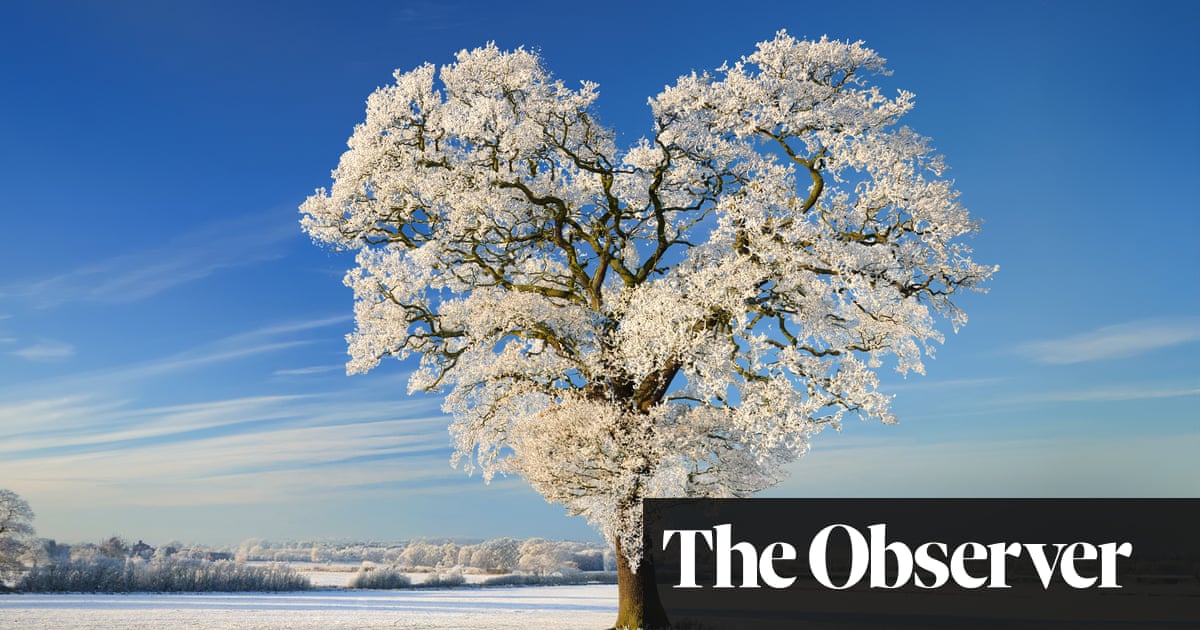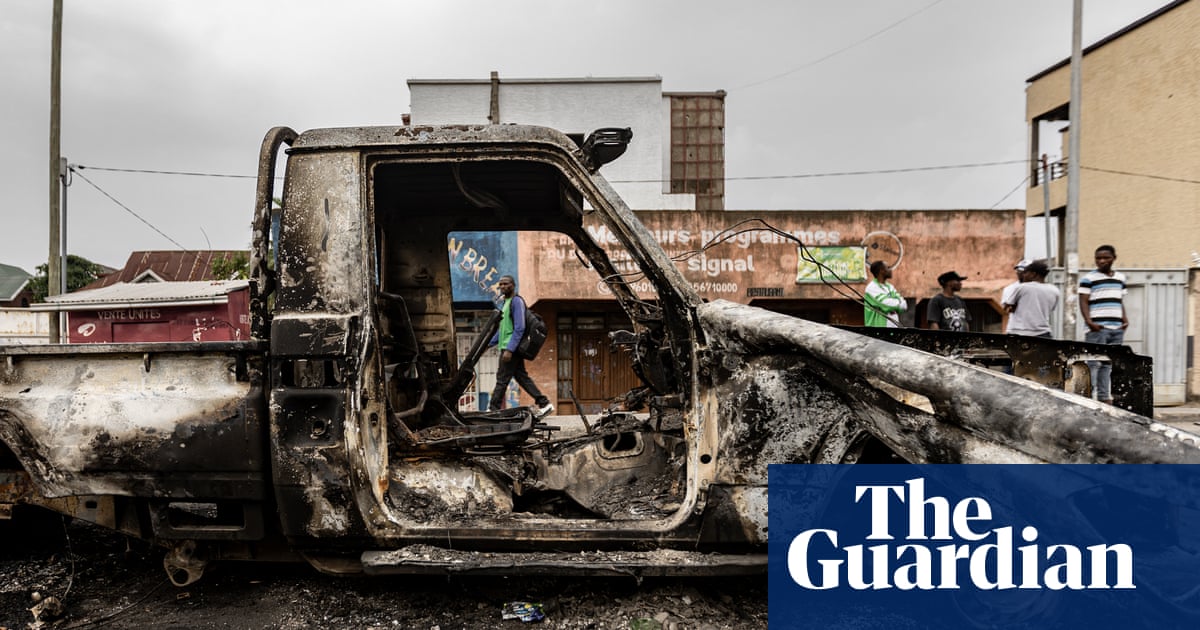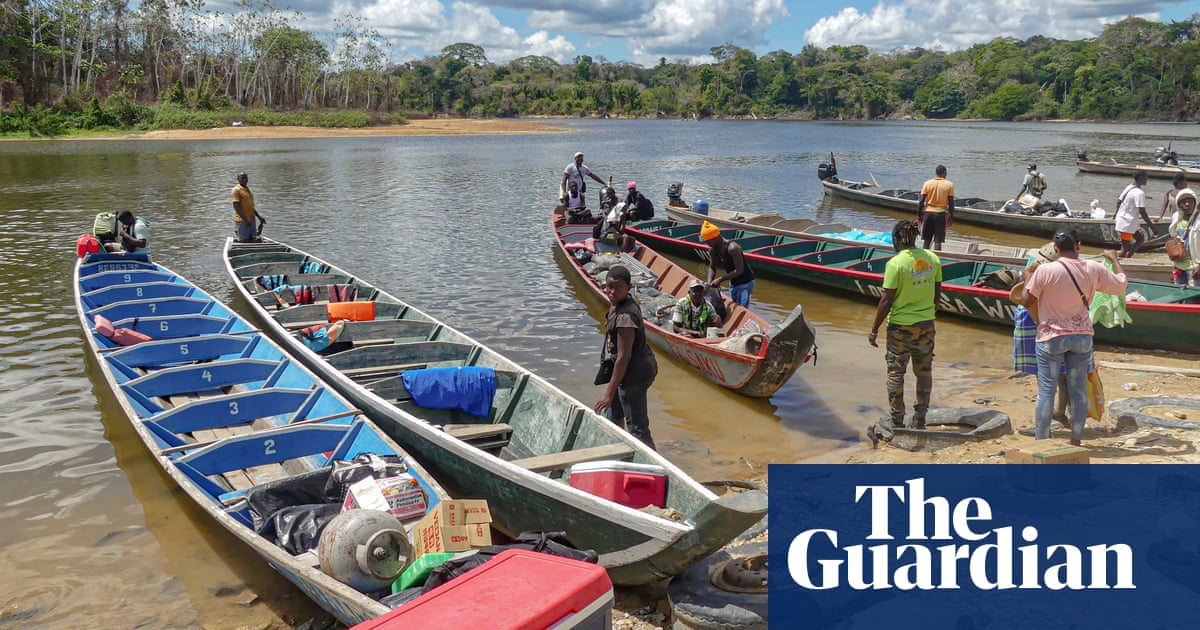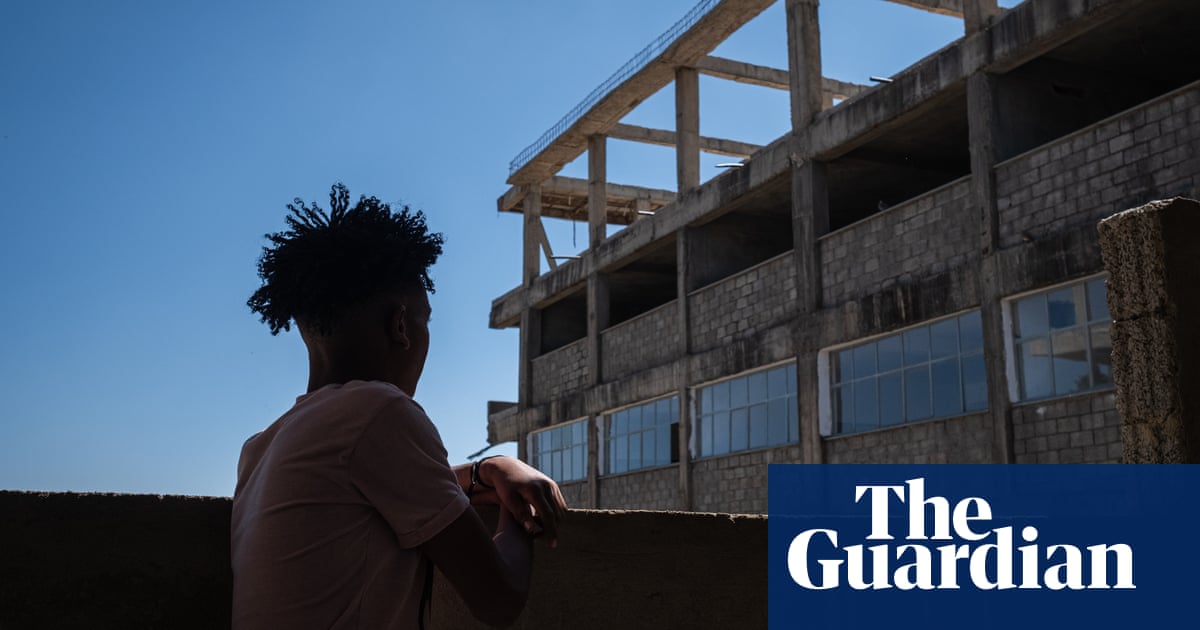Wildfires continued to rage in North and South Carolina on Thursday, leading to states of emergency and evacuations as firefighters deployed from other parts of the US to help bring the blazes under control.
In North Carolina, progress was being made in containing two of the largest wildfires burning in the mountains, but officials warned that fire danger remained from dry and windy conditions.
The news was worse in South Carolina, where two fires nearly doubled in size on Wednesday.
Hundreds of people have been asked to leave their homes in the two states as a half-dozen large fires burn in the Blue Ridge mountains, spreading smoke into places like Greenville, a city of about 70,000 people in South Carolina.
Wednesday’s dry weather led to several new fires in western North Carolina and prompted the state’s governor, Josh Stein, to declare a state of emergency in 34 western counties. At least nine fires were active in that part of the state, officials said.
US wildfire terms, explained
ShowAcres burned
US wildfires are measured in terms of acres. While the size of a wildfire doesn’t necessarily correlate to its destructive impact, acreage provides a way to understand a fire’s footprint and how quickly it has grown.
There are 2.47 acres in a hectare, and 640 acres in a square mile, but this can be hard to visualise. Here are some easy comparisons: one acre equates to roughly the size of an American football field. London’s Heathrow airport is about 3,000 acres. Manhattan covers roughly 14,600 acres, while Chicago is roughly 150,000 acres, and Los Angeles is roughly 320,000 acres.
Megafire
A megafire is defined by the National Interagency Fire Center as a wildfire that has burned more than 100,000 acres (40,000 hectares).
Containment level
A wildfire’s containment level indicates how much progress firefighters have made in controlling the fire. Containment is achieved by creating perimeters the fire can’t move across. This is done through methods such as putting fire retardants on the ground, digging trenches, or removing brush and other flammable fuels.
Containment is measured in terms of the percentage of the fire that has been surrounded by these control lines. A wildfire with a low containment level, such as 0% or 5%, is essentially burning out of control. A fire with a high level of containment, such as 90%, isn’t necessarily extinguished but rather has a large protective perimeter and a rate of growth that is under control.
Evacuation orders and warnings
Evacuation warnings and orders are issued by officials when a wildfire is causing imminent danger to people’s life and property. According to the California office of emergency services, an evacuation warning means that it's a good idea to leave an area or get ready to leave soon. An evacuation order means that you should leave the area immediately.
Red flag warning
A red flag warning is a type of forecast issued by the National Weather Service that indicates when weather conditions are likely to spark or spread wildfires. These conditions typically include dryness, low humidity, high winds and heat.
Prescribed burn
A prescribed burn, or a controlled burn, is a fire that is intentionally set under carefully managed conditions in order to improve the health of a landscape. Prescribed burns are carried out by trained experts such as members of the US Forest Service and Indigenous fire practitioners. Prescribed burns help remove flammable vegetation and reduce the risk of larger, more catastrophic blazes, among other benefits.
Prescribed burning was once a common tool among Native American tribes who used “good fire” to improve the land, but was limited for much of the last century by a US government approach based on fire suppression. In recent years, US land managers have returned to embracing the benefits of prescribed burns, and now conduct thousands across the country every year.
The so-called Black Cove complex fire is currently the highest-priority wildfire in the US, according to an update from the North Carolina department of agriculture, with hundreds of firefighters working to battle the flames. States such as Oregon have already sent dozens of firefighters to assist with the efforts, deploying an additional 11 people on Wednesday.
The fires are burning in an area that were hit hard by Hurricane Helene in September. Millions of fallen trees from that storm are both providing fuel for the wildfires and hindering firefighters’ use of logging roads and paths.
The North Carolina forest service said that the Black Cove fire and the Deep Woods fire were each more than 10% contained on Wednesday night, after days of reporting zero containment for the two blazes. The fires have scorched nearly 6,400 acres (2,590 hectares) combined, but the size of the area burned has largely remained the same since the previous day.
Firefighters have managed to save most of the structures near the fires. Only one injury has been reported: a firefighter in North Carolina got his leg caught under a tree, officials said.
after newsletter promotion
There is rain in the forecast for the weekend, but it isn’t the kind of soaking downpour that can knock a fire out on its own, said the National Weather Service meteorologist Ashley Rehnberg in Greer, South Carolina.
“Hopefully that will at least calm things down briefly,” Rehnberg said.
The bright spot in the forecast for the next week is there is not expected to be an especially dangerous day when winds and dry weather reach potentially disastrous levels like they did in Los Angeles in January or Gatlinburg, Tennessee, in 2016.
Forestry agencies in North Carolina and South Carolina are already figuring out how to rotate teams of firefighters into and out of the mountains for what could be a long fight.
The fires in South Carolina were caused by humans. Authorities from local fire chiefs all the way to South Carolina’s governor are urging people to heed burn bans in both states and stop setting fires at campsites or burning garbage.
“We have people going out in the woods and in their back yards and starting fires when the wind is blowing and everything is dry,” said South Carolina’s governor, Henry McMaster. “We just have to use common sense. People get out in nature and they forget how dangerous it can be.”
The Associated Press contributed reporting

 1 month ago
27
1 month ago
27


